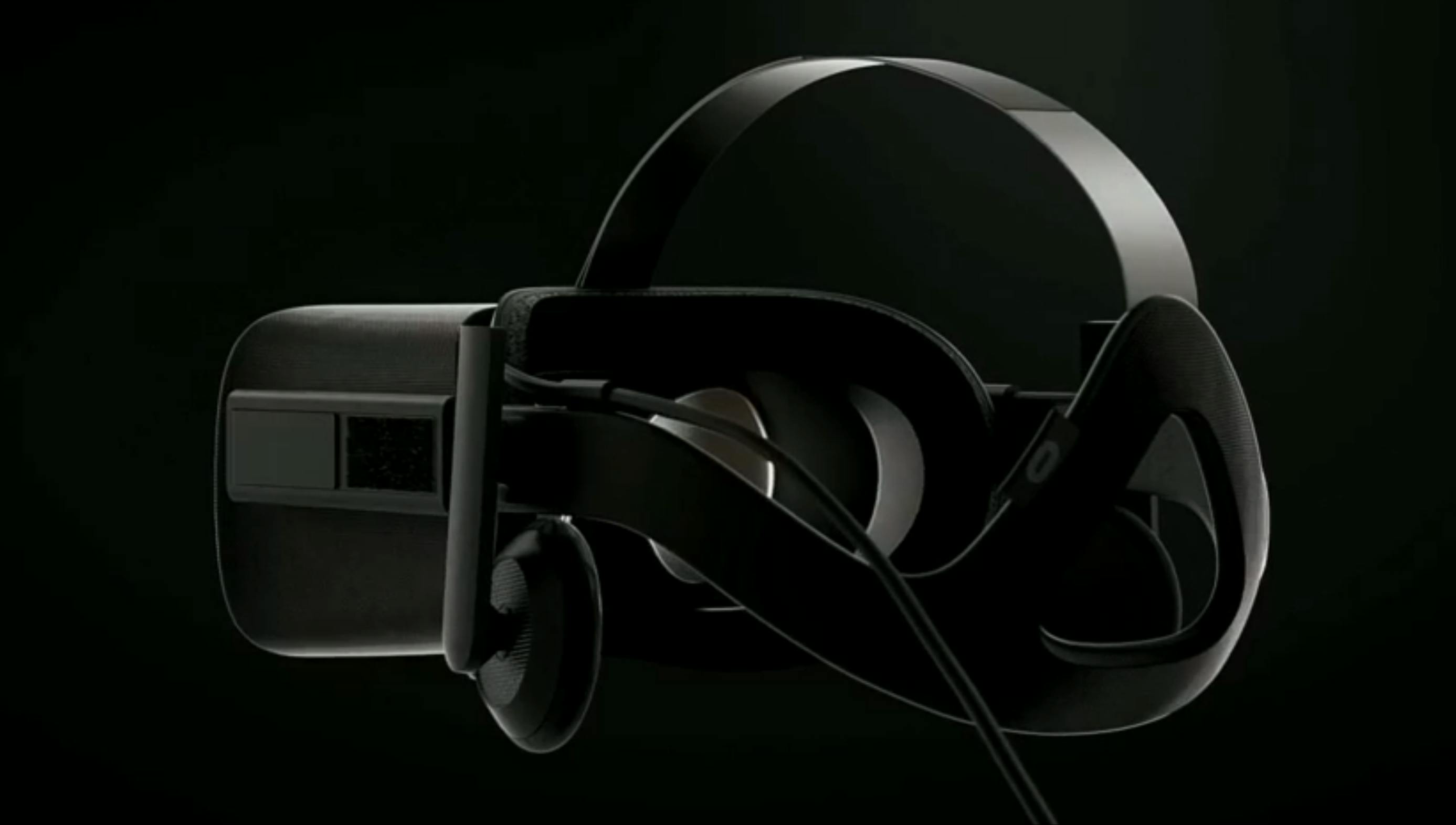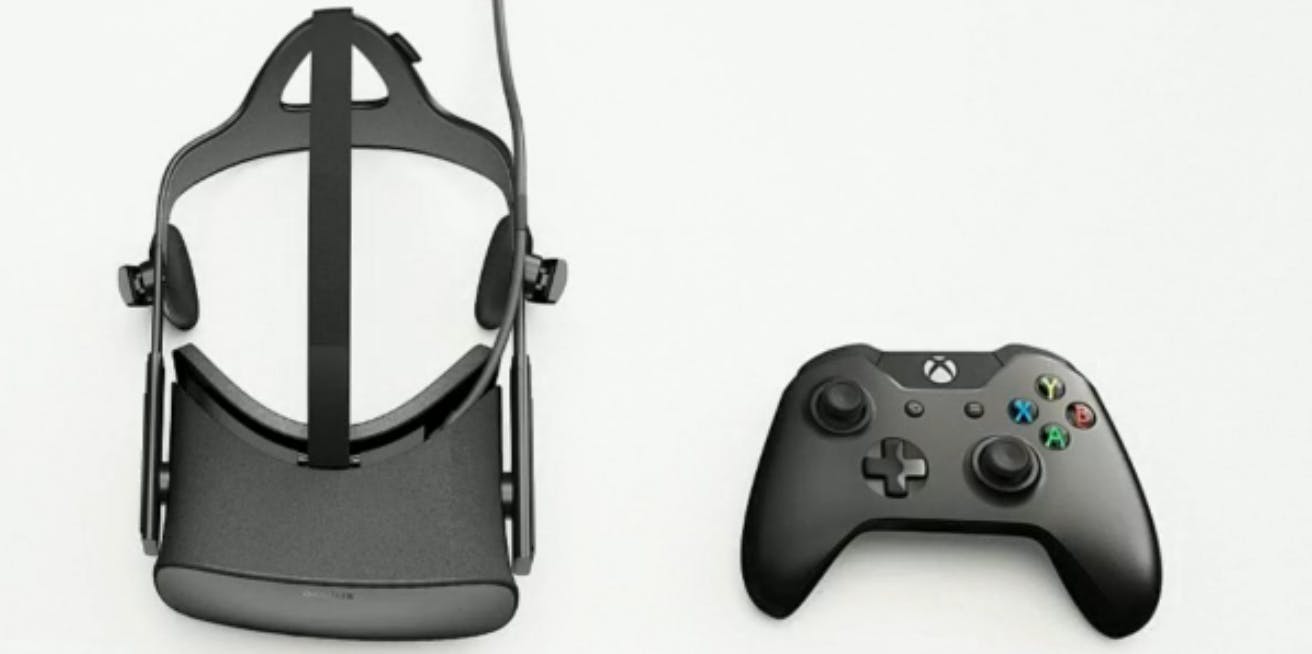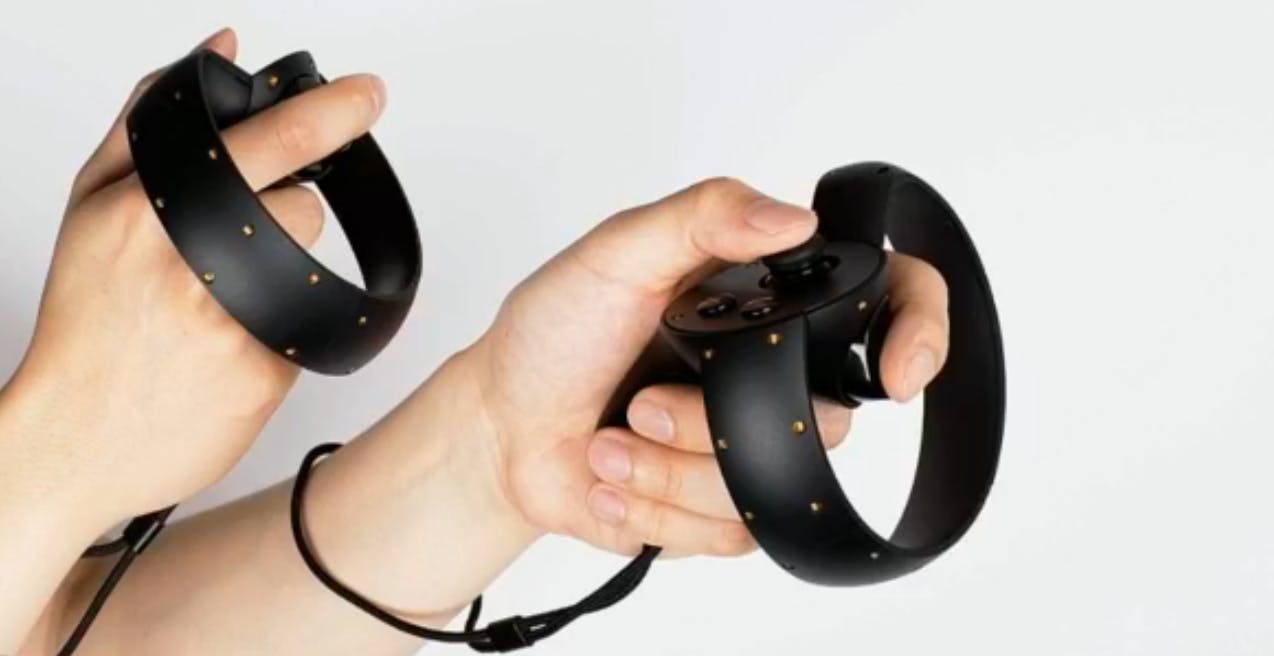Oculus, the hardware company synonymous with virtual reality, just gave the world a clearer glimpse at its vision for VR.
The futuristic company, which was acquired by Facebook last year, revealed its next-generation Oculus Rift VR headset at a Thursday press event. The simply named Oculus Rift will follow the Oculus Rift DK1 and DK2, both developer devices, as the company’s first consumer-oriented device.
This is the Rift. #OculusE3 Tune in: http://t.co/10vRvsk3eW pic.twitter.com/3lwaJ5vsul
— Meta Quest (@MetaQuestVR) June 11, 2015
“We set out to finally deliver on the dream of virtual reality with Oculus Rift,” Oculus CEO Brendan Iribe said on stage as the event began. “VR enables us to experience anything anywhere—it is that powerful.”
The long-awaited consumer release of the Oculus Rift will ship in Q1 2016, though we don’t yet have a price or release date.
The consumer version of the Oculus Rift refines the Rift’s existing formula with a few meaningful additions. The new Rift is equipped with two OLED screens programmed for low persistence to avoid pixelation, judder, and motion blur—the enemies of any truly immersive, non-nauseating virtual experience. A new “constellation” motion-tracking system, powered by the headset and an unobtrusive head-tracker designed to “sit on your desk,” will allow for more precise, low latency movement.
The new Rift, which is designed to be as lightweight as possible, will be comfortable for glasses-wearers while offering a dial to adjust the distance between the two lenses to accommodate the wearer’s preference and comfort. Notably, the new Rift is part eyewear and part earwear, with an included headset that aims to make the experience as seamless and easy to use as possible for consumers unfamiliar with virtual-reality headsets.
Oculus also announced a partnership with Microsoft to make the Rift compatible with both Windows 10 and the Xbox One. The new version of the headset will ship with an Xbox One controller identical to the one Microsoft bundles with its own console.
While the Xbox One controller is widely regarded as a very sophisticated input device for traditional gaming, Oculus also announced its own pair of handheld input devices that it calls Oculus Touch.
The two half-moon-shaped controllers, equipped with an analog thumbstick, two buttons, and a hand trigger, fit over the hands and provide haptic feedback for whatever the user is seeing. The Oculus Touch is designed to heighten immersion in a virtual world—it can detect a predefined set of finger positions for gestures like waving, pointing, and a thumbs-up.
“This is going to change everything,” Iribe said. “We’ve all been dreaming about this for decades… and it’s finally here.”
Screengrab via Oculus/Twitch





